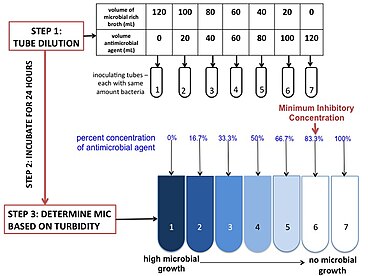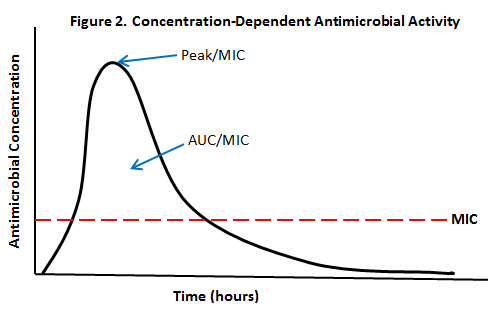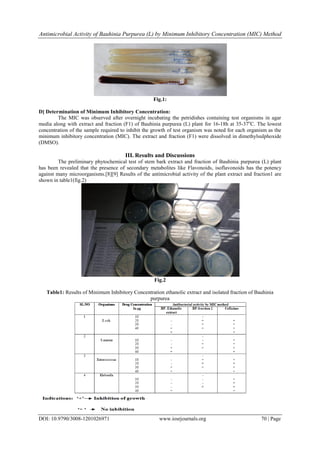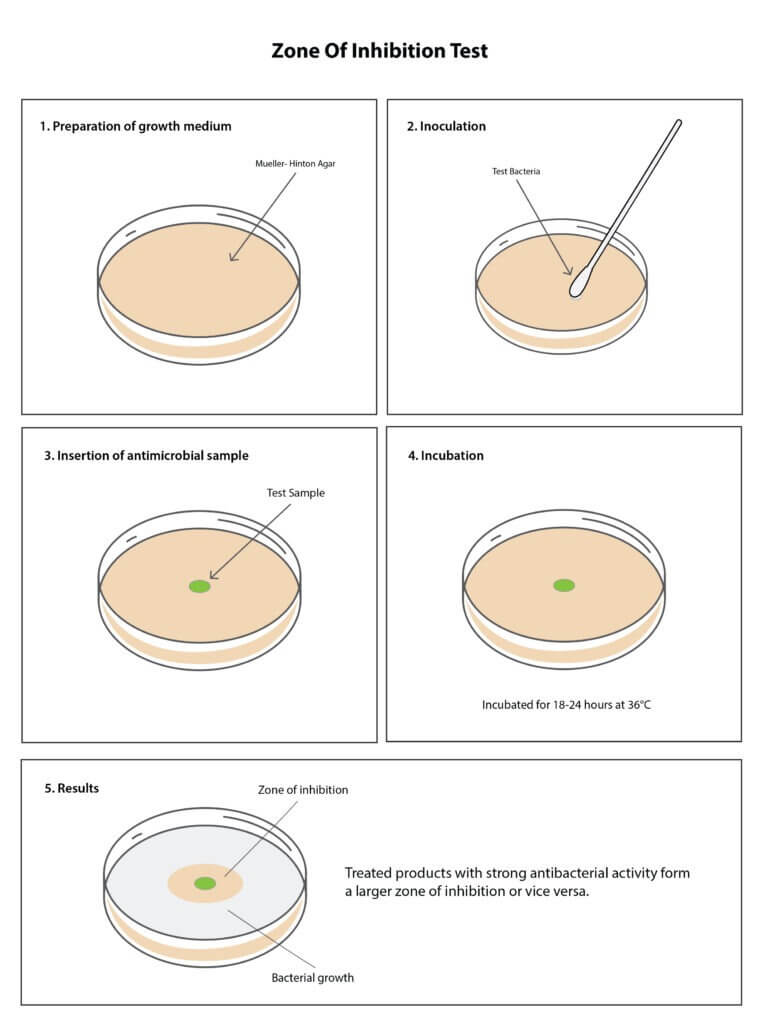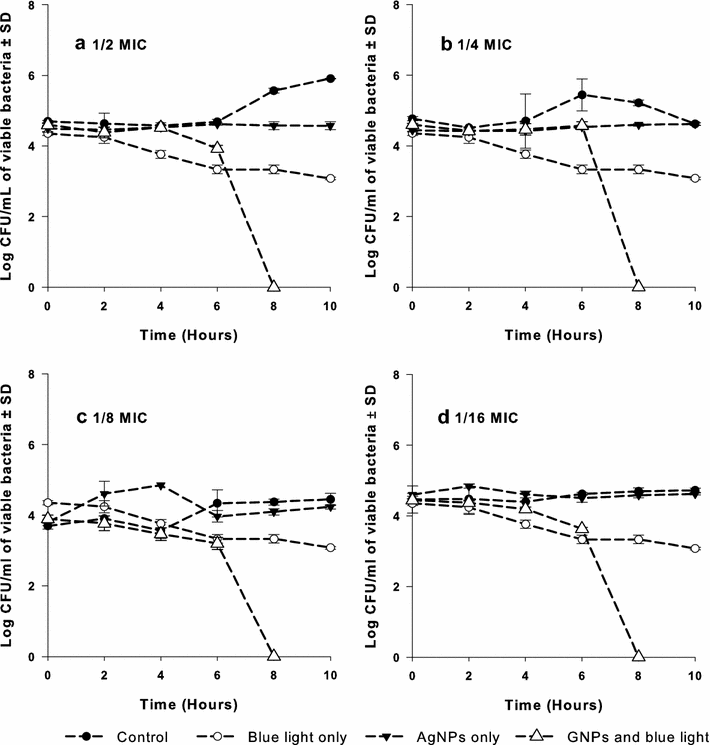
A combination of silver nanoparticles and visible blue light enhances the antibacterial efficacy of ineffective antibiotics against methicillin-resistant Staphylococcus aureus (MRSA) | Annals of Clinical Microbiology and Antimicrobials | Full Text

Table 1 from Minimum Inhibitory Concentration (MIC) of antimicrobial activity in various dried extracts of Gnaphalium polycaulon, Indian folkloric medicinal plant | Semantic Scholar

SOLVED: An essential oil has antimicrobial activity with an MIC of 15 mg/Kg and can be used as a bio- preservative. This activity is lost at the rate of 1% of the
Development and validation of a new microplate assay that utilises optical density to quantify the antibacterial activity of honeys including Jarrah, Marri and Manuka | PLOS ONE
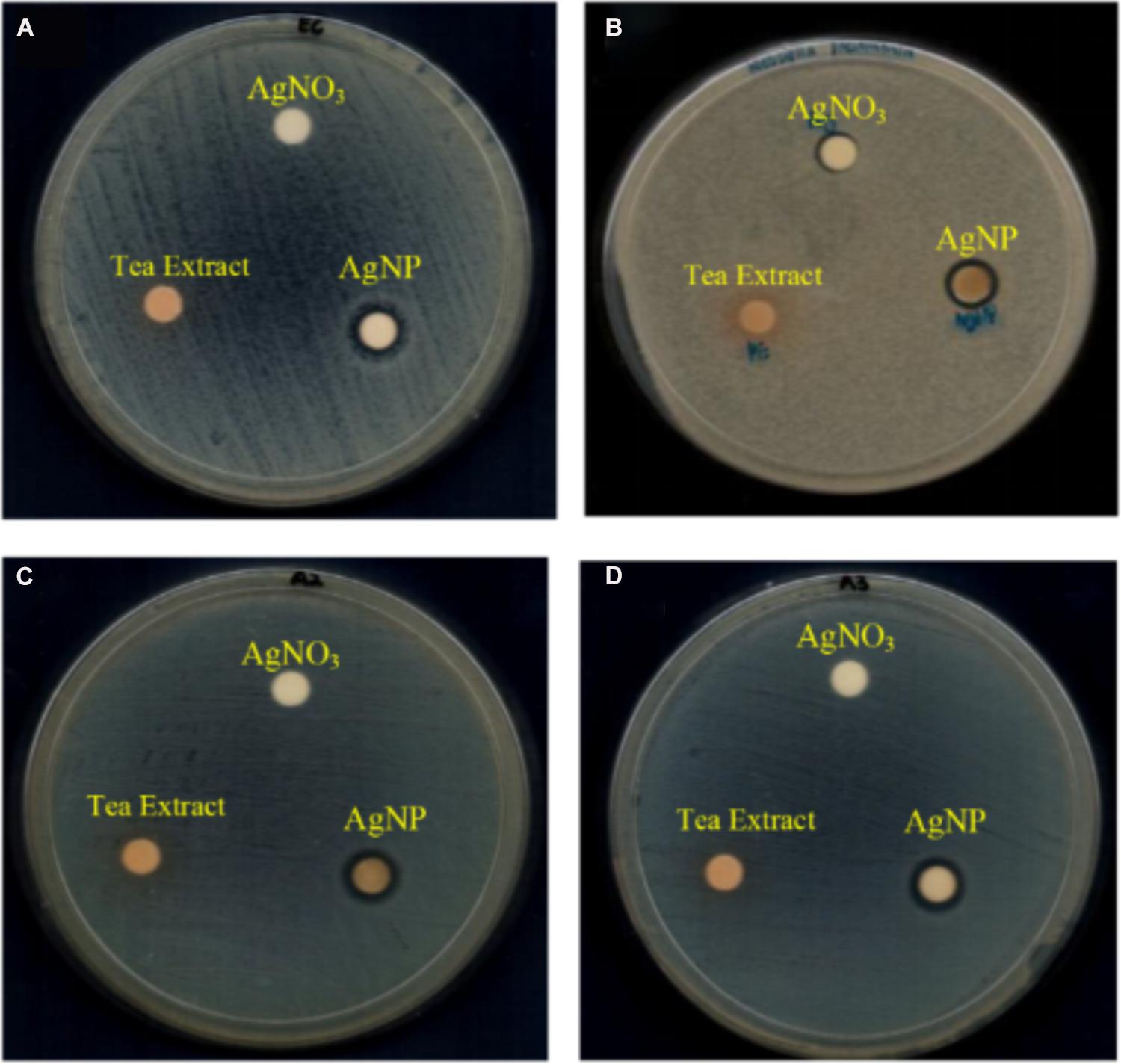
Frontiers | In Vitro Antimicrobial Activity of Green Synthesized Silver Nanoparticles Against Selected Gram-negative Foodborne Pathogens

Crizotinib Shows Antibacterial Activity against Gram-Positive Bacteria by Reducing ATP Production and Targeting the CTP Synthase PyrG | Microbiology Spectrum

Recent development in antimicrobial activity of biopolymer-inorganic nanoparticle composites with water disinfection potential: a comprehensive review | SpringerLink
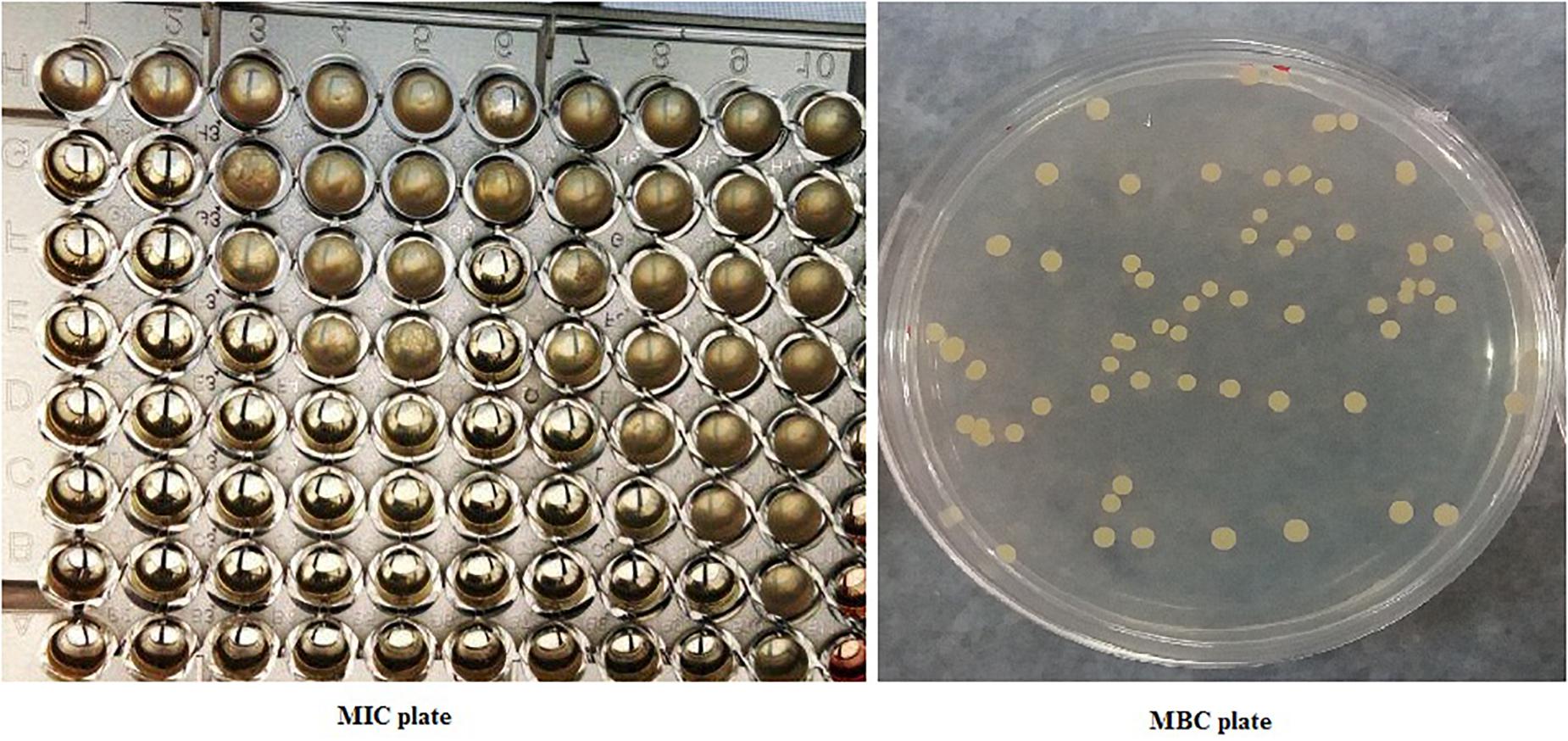
Frontiers | Cuminum cyminum L. Essential Oil: A Promising Antibacterial and Antivirulence Agent Against Multidrug-Resistant Staphylococcus aureus

Antimicrobial activity of Epsilon-Poly-l-lysine against phytopathogenic bacteria | Scientific Reports
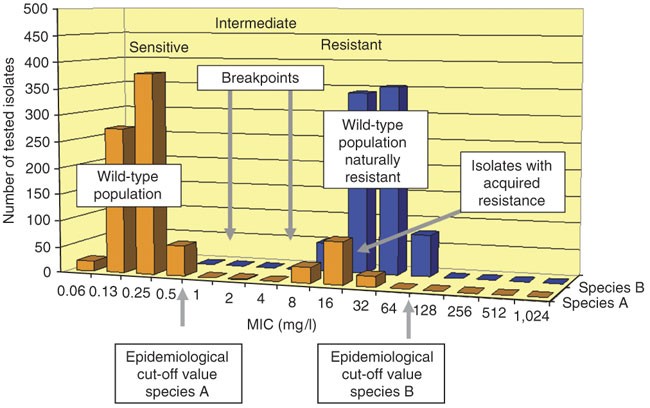
Agar and broth dilution methods to determine the minimal inhibitory concentration (MIC) of antimicrobial substances | Nature Protocols
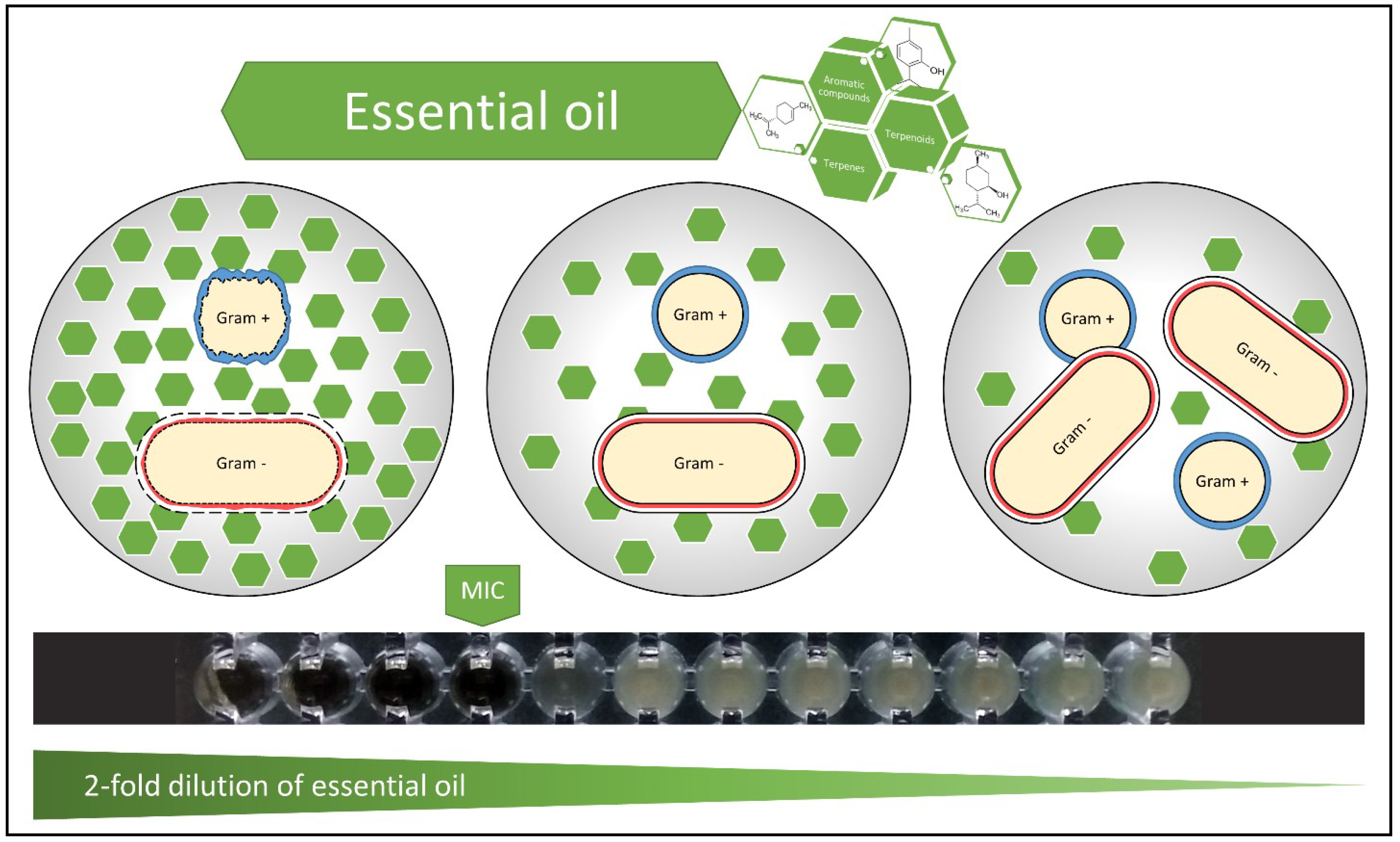
Pathogens | Free Full-Text | Antimicrobial Activity of Six Essential Oils Against a Group of Human Pathogens: A Comparative Study
Recombinant AfusinC, an anionic fungal CSαβ defensin from Aspergillus fumigatus, exhibits antimicrobial activity against gram-positive bacteria | PLOS ONE

Synthesis and potential antimicrobial activity of novel α-aminophosphonates derivatives bearing substituted quinoline or quinolone and thiazole moieties | SpringerLink



![time-_concentration-dependent_killing [TUSOM | Pharmwiki] time-_concentration-dependent_killing [TUSOM | Pharmwiki]](https://tmedweb.tulane.edu/pharmwiki/lib/exe/fetch.php/mic_timedep.png?w=700&tok=9ebd74)
